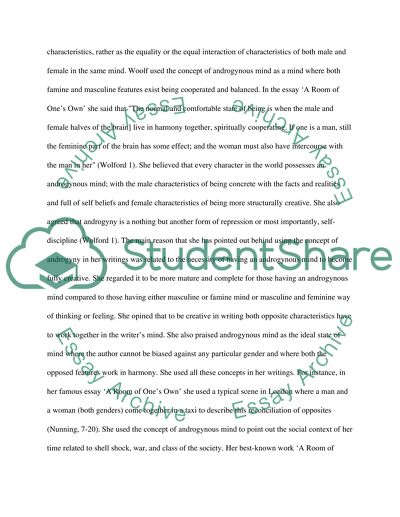Cite this document
(“Androgyny: Virginia Woolfs androgynious mind Speech or Presentation”, n.d.)
Retrieved from https://studentshare.org/literature/1440601-androgyny-virginia-woolfs-androgynious-mind
Retrieved from https://studentshare.org/literature/1440601-androgyny-virginia-woolfs-androgynious-mind
(Androgyny: Virginia Woolfs Androgynious Mind Speech or Presentation)
https://studentshare.org/literature/1440601-androgyny-virginia-woolfs-androgynious-mind.
https://studentshare.org/literature/1440601-androgyny-virginia-woolfs-androgynious-mind.
“Androgyny: Virginia Woolfs Androgynious Mind Speech or Presentation”, n.d. https://studentshare.org/literature/1440601-androgyny-virginia-woolfs-androgynious-mind.


